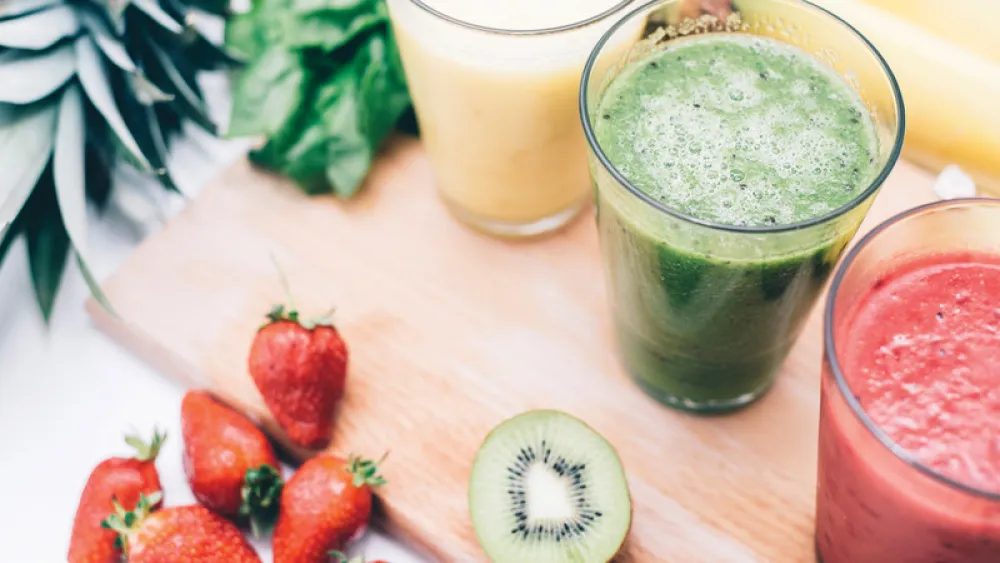




Cancer Care
Nutrition Tips for Cancer Survivors and People Wanting to Prevent the Disease


Maybe you’ve overcome cancer. Or maybe you’re seeking to reduce your risk for disease.
Turns out, the American Institute for Cancer Research (AICR) advises people in both camps to eat similar diets.
There’s more to it than simply eating healthy. Read on for practical advice for how cancer survivors and people who want to prevent the disease should approach their diets.
The basics
Shop the perimeter of the grocery store. It sounds cliché, but it works. A good cancer survivorship and prevention diet involves as little processed food as possible.
Think fresh or frozen produce and fresh or frozen meats. There are some exceptions, like shopping the aisles for brown rice, lentils, beans and whole grain bread products.
Food quality and portion control matter, too. Move away from the typical restaurant-style plate that features protein taking up the most space.
Instead, roughly 2/3 of the plate should be food that comes from plants. The rest – about 1/3 of the plate – should be food that comes from an animal.
Cancer prevention meal planning
So what could a typical daily diet look like?
Breakfast
- 1 cup of bran cereal with 1 cup of milk (skim, 1 percent or soy), 1 slice of whole wheat or whole grain toast with 1 tablespoon of peanut butter, and 1 medium orange or apple
Lunch
- 2 slices of vegetable pizza (preferably with whole wheat crust), 2 cups of garden salad with 1-2 tablespoons of salad dressing, and 1 cup of fruit salad
Snack
- 1 serving of whole grain crackers or pita chips with 2 tablespoons of hummus
Dinner
- 3 ounces of lean round steak (or another lean cut of beef), ½ cup of onions sautéed in olive oil, ½ cup of cooked whole wheat pasta with ¼ cup of marinara sauce, and 1 cup of steamed broccoli or green beans
Dessert
- 1 cup of sliced peaches over 1 slice of angel food cake
Food to stay clear of
People who have survived cancer or are looking to prevent it should watch their consumption of some things.
Avoid or reserve for special occasions:
- Processed meats like pepperoni, salami and hot dogs
- Fast food
- Sugary beverages like pop and juice
Limit:
- Red meat (up to 18 ounces of cooked weight per week)
- Alcohol (all kinds) to one drink per day for women or two drinks per day for men
How to stay on track
Journaling or otherwise tracking what you’re eating is a great place to start. The AICR offers a couple of platforms:
- The iTHRIVE Plan is an online service that creates personalized wellness plans for cancer survivors.
- The New American Plate Challenge is a 12-week program that helps you eat better, move more and manage your weight. Participants can sign up for weekly emails with challenges, reminders and encouragement.
It’s important to stress that if you’re currently undergoing cancer treatment, don’t be hard on yourself when it comes to nutrition. Certain side effects and symptoms from treatment might impact your ability to make dietary changes.
For most cancers survivors during treatment, maintaining a stable weight and staying hydrated are top priorities.
For individualized, complementary help managing your diet during cancer treatment and recovery, contact a dietitian nutritionist at the Methodist Estabrook Cancer Center.


